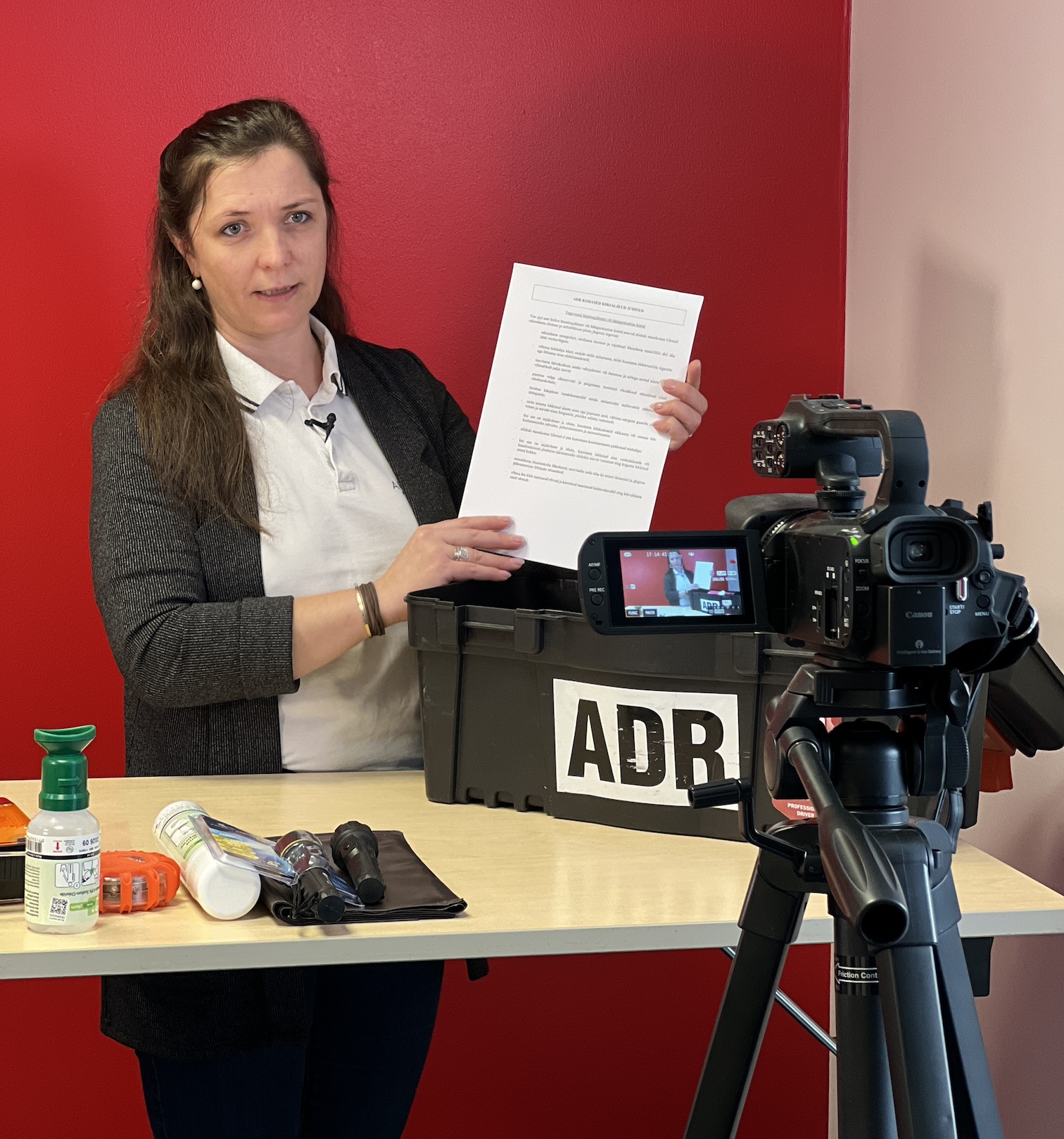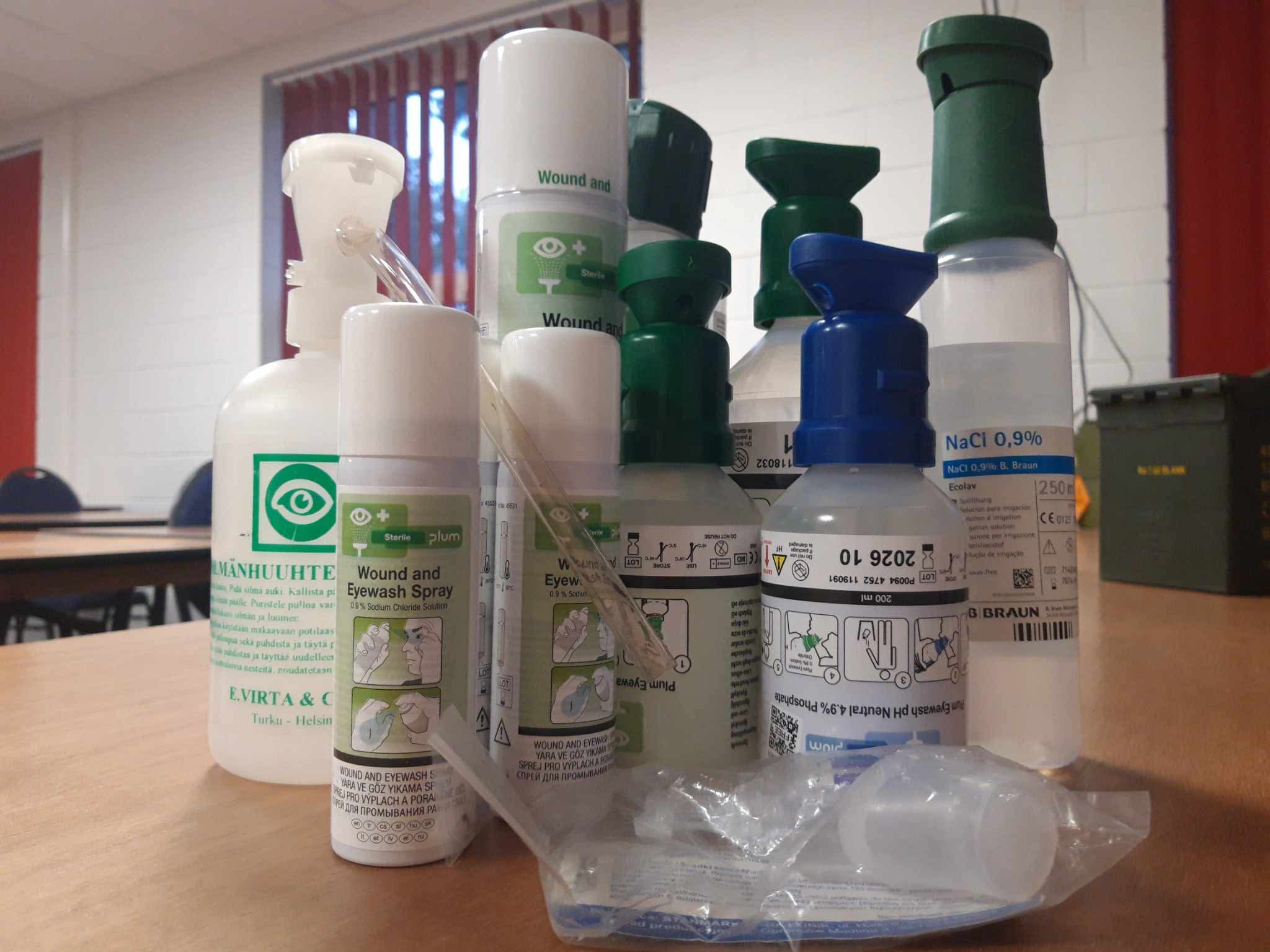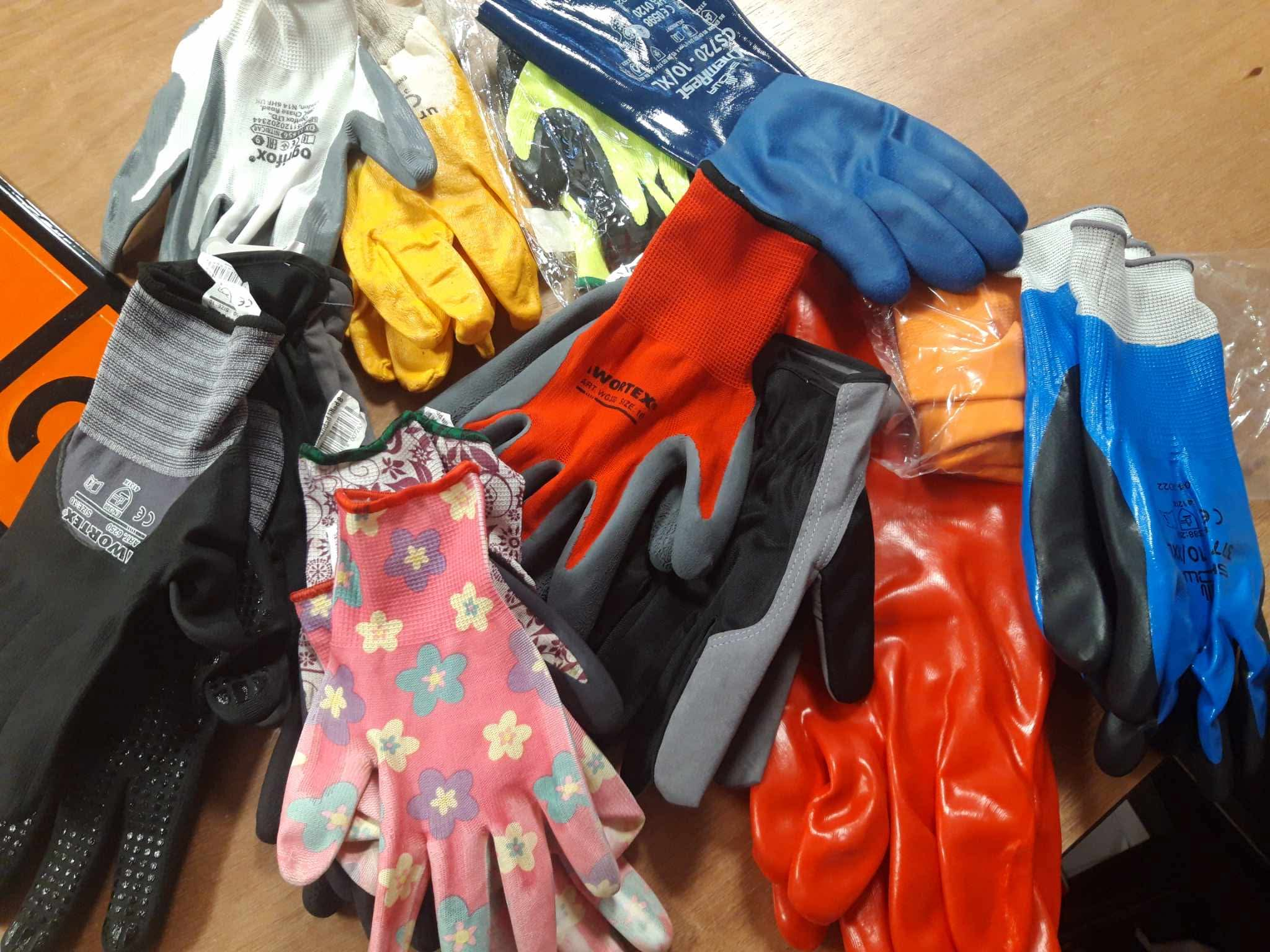ADR Kit and Mandatory Additional Equipment: What Should It Include?
12.02.2025

"One of the key topics in every Autosert ADR training is the ADR kit and mandatory additional equipment," says ADR trainer Riina Lohk with bright eyes.
ADR regulations precisely specify which mandatory equipment must be present in the transport unit and with vehicle crew members to ensure maximum safety for both the transporter and the environment. In training, we take the time to thoroughly review these requirements, clarify them, and answer all drivers' questions.
In this article, Autosert ADR trainer Riina Lohk and safety advisor Paavo Tiitson provide an overview of the ADR-required additional equipment for transport units and each vehicle crew member.
What Must Be Carried in the Transport Unit According to ADR 2025?
Mandatory Additional Equipment for the Transport Unit (Pt. 8.1.5.2)
- Wheel chocks – appropriate in size for each vehicle based on the gross weight and wheel diameter. More than one is required.
- Two independent warning signs – warning triangle, warning lamps, or warning cones. For battery-powered devices, spare batteries with valid expiration dates must be carried, as this is frequently checked by inspectors. One set of batteries must be in the device, and another spare set must be available.
- Eye rinsing liquid – required if transporting substances that do not have hazard label numbers 1, 1.4, 1.5, 1.6, 2.1, 2.2, and 2.3. Various types of eye rinsing liquids exist, such as ampoules, bottles with rinse nozzles, and aerosols. Different options can be tested during training.
Mandatory Additional Equipment for Each Crew Member
- Safety vest (EN ISO 20471 standard). Work clothing may also comply with the same standard.
- Lighting device – must comply with ADR 8.3.4 requirements. It must not contain metal that can cause sparks. A valid set of batteries or a charger (for rechargeable devices) must be carried.
- Eye protection equipment – safety glasses must be comfortable, should not fog up, and must not distort the field of vision. It is recommended to choose suitable options at occupational safety centers.
- Protective gloves – should be protective and comfortable. ADR does not require a specific standard, but various options are reviewed during training.
Additional Equipment Required for Certain Dangerous Goods (Pt. 8.1.5.3)
- Respiratory protection – required for hazard labels 2.3 and 6.1. Rubber components of masks and filters require regular inspection.
- Non-sparking shovel – required for substances with hazard labels 3, 4.1, 4.3, 8, or 9.
- Drainage seal – required for the same substances. In Sweden, inspectors have enforced a requirement that the drainage seal must be at least 1.5m x 1.5m, although ADR does not specify exact dimensions.
- Spill containment container – the question arises: can an empty ADR equipment case be used for this?
Pre-Assembled ADR Equipment Kits and Their Importance
Many drivers ask about pre-assembled ADR kits and bags that include items such as rubber boots, protective clothing, and aprons. The question is, why are they included, and where are they used?
Pre-assembled ADR additional equipment is designed to ensure driver safety when handling dangerous goods. For example:
- Rubber boots and protective clothing – provide protection from chemicals, liquids, and contaminants, especially during loading and unloading.
- Aprons and protective coveralls – necessary in situations where there is a risk of exposure to liquids or particles.
- Containment and absorbent materials – help quickly respond to hazardous spills and minimize damage.
- Additional filters and respiratory protection – protect against hazardous vapors and dust.
Although ADR does not require special equipment for tank transport, shippers, consignees, occupational safety requirements, or working conditions may still mandate it (e.g., requiring a helmet and harness for working at heights).
Driver Experiences with Inspections
Drivers' experiences with inspections vary – sometimes everything is fine, other times inspectors find minor issues or even nitpick. However, if a driver is well-informed about the additional equipment, there is no need to worry – let them inspect!
Join Our ADR Training and Information Day!
Transporting dangerous goods is truly a high-risk activity that must be taken seriously at all levels. Awareness of risks and preparedness for possible incidents are top priorities. That’s why learning and understanding ADR regulations is crucial.
Our ADR training courses are not only for drivers but also for logisticians and transport company managers. Acquiring knowledge and skills helps ensure safer operations and more responsible transport management.
📌 NB! An ADR Information Day for logisticians will take place on March 20. Check out the program here!
🔹 Join us and be part of it!
📌 Also check out:
- Regulations for the Road Transport of Dangerous Goods
- ADR Written Instructions 2017 (pdf)
- ADR Information Day for Logisticians
🌟 AUTOSERT ADR TEAM 🌟 – Ready to answer your questions! 👍


